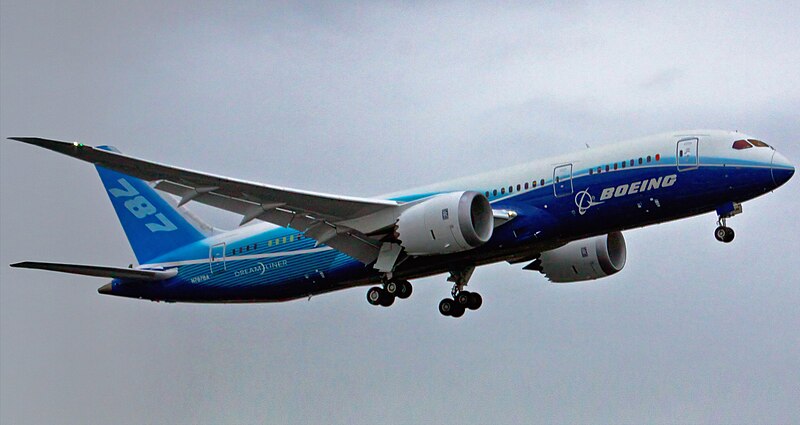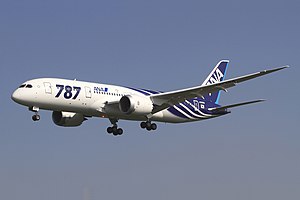
Firstly, welcome to the 3-part mini series Marvels of Aviation, to see the other articles in this series, click the links above.
Aviation. The youngest mode of transportation at just over a 100 years old, but it has since become the premier way to travel long distances. 3 aircraft have changed commercial aviation and have contributed greatly to the advancement of technology for aircraft in the future. This is Marvels of Aviation.
Well, let's get started with a disclaimer. The 3 aircraft that I have chosen are for commercial aviation only, simply because I prefer the look of commercial aircraft to military aircraft.
So, today, let's discuss the Boeing 787. Or what Boeing dubs, the Dreamliner.
It all began in 2001...
The global airline market was upended by the September 11, 2001 attacks and increased petroleum prices, making airlines more interested in efficiency than speed. The airlines in the United States, potential customers of a Sonic Cruiser Boeing was developing, were the worst hit. This caused Boeing to scrap the Sonic Cruiser plan and begin what was known as the 7E7. Boeing wanted to replace its entire airliner product line, in an endeavour known as the Yellowstone Project. The 7E7 was the first stage of that project. It was to replace its existing 767 and 777 product lines. The 7E7 is said to be the most efficient aircraft Boeing has ever created. The "E" was said to stand for various things, such as "efficiency" or "environmentally friendly"; however, in the end, Boeing claimed that it stood merely for "Eight". Boeing later changed its name to 787 in 2005, and it was finally rolled out in 2007, by which time it had reached 677 orders; this is more orders from launch to roll-out than any previous wide-body airliner. On October 26, 2011, the 787 flew its first commercial flight from Tokyo Narita Airport to Hong Kong International Airport on All Nippon Airways. But what made it such a marvel?
Its design. The 787 is primarily made out of composite materials. Its materials, listed by weight, are 50% composite, 20% aluminium, 15% titanium, 10% steel, and 5% other. So what exactly are these composite materials?
Each 787 contains approximately 32,000 kg of carbon fibre reinforced plastic (CFRP), made with 23 tons of carbon fibre. Carbon fiber composites have a higher strength-to-weight ratio than traditional aircraft materials, and help make the 787 a lighter aircraft. Composites are used on fuselage, wings, tail, doors, and interior. This allows it to become Boeing's most efficient aircraft to date.
Each 787 contains approximately 32,000 kg of carbon fibre reinforced plastic (CFRP), made with 23 tons of carbon fibre. Carbon fiber composites have a higher strength-to-weight ratio than traditional aircraft materials, and help make the 787 a lighter aircraft. Composites are used on fuselage, wings, tail, doors, and interior. This allows it to become Boeing's most efficient aircraft to date.
Boeing also designed its engines to reduce noise.The engines have have a toothed edge and Boeing calls them chevrons. It allows for a quieter mixing of exhaust and outside air.
Boeing also designed the interior to look and feel better for passengers. They designed the entrance to feel a lot more open so passengers won't feel as cramped. They have also widened the aircraft at eye level so it feels more roomy and spacious for passengers
They also have cool windows that can tint with a press of a button. Replacing window shades, these cool windows have 5 different shade settings for passengers to personally adjust.
I'm sure that you'll agree with me after reading all these innovations the 787 has pioneered. And it truly is a marvel of aviation.






No comments:
Post a Comment